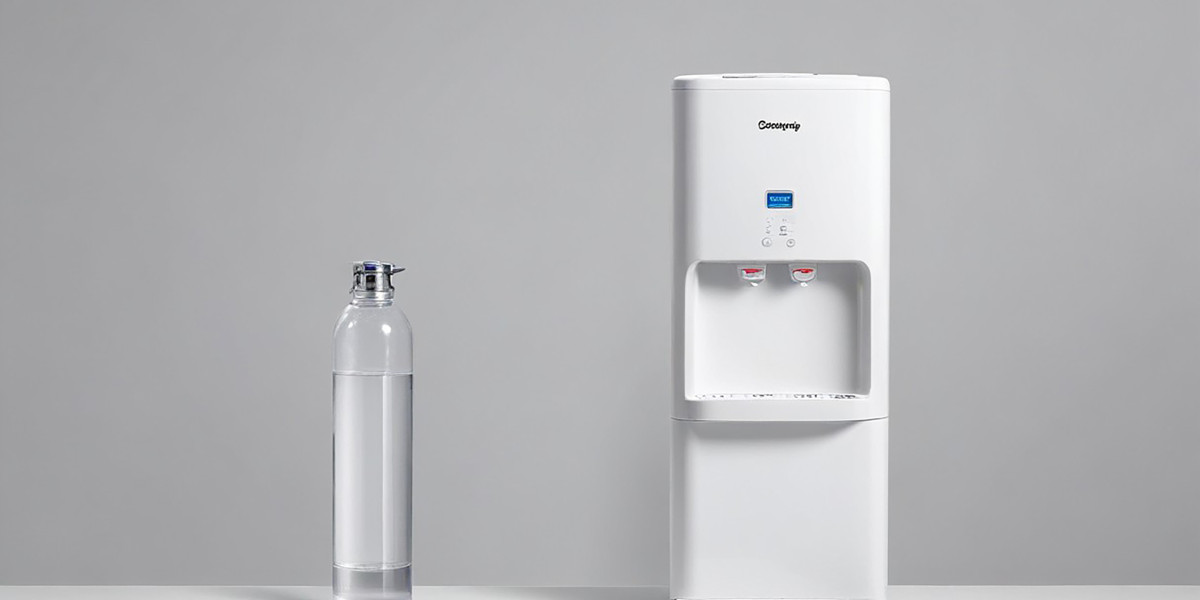Clean drinking water is essential for maintaining good health, but not all water sources are safe to consume directly. In many households and offices, a water dispenser has become a necessity, providing quick access to hot, cold, or room-temperature water. However, with growing concerns about water quality, more people are turning to the water dispenser with filter option. This type of dispenser not only delivers convenience but also ensures that the water consumed is free from harmful contaminants.
In this article, we’ll explore the importance of filtered water, the key benefits of choosing a dispenser with a built-in filtration system, the different types available, and factors to consider before making your purchase.
Why Filtered Water Matters
Water can contain impurities such as chlorine, heavy metals, sediments, and microorganisms. Even treated tap water may still have lingering contaminants that affect taste, odor, and safety. Drinking unfiltered water over time could lead to health issues, especially for children, the elderly, or individuals with weak immune systems.
A water dispenser with filter helps address these concerns by removing impurities before the water is dispensed. This ensures that every sip is not only refreshing but also safe and healthy.
Benefits of a Water Dispenser with a Filter
1. Improved Water Quality
The primary advantage is cleaner, better-tasting water. Filtration removes chlorine, dirt, and other unwanted substances that alter taste and smell.
2. Convenience
Instead of purchasing bottled water, a dispenser with a filter provides unlimited access to safe drinking water at home or work.
3. Eco-Friendly
By reducing the need for bottled water, households and offices can significantly cut down on plastic waste.
4. Cost Savings
While the initial investment may be higher, filtered dispensers reduce long-term costs by eliminating the need for constant bottled water purchases.
5. Multi-Temperature Options
Many filtered dispensers offer hot, cold, and room-temperature water instantly, making them useful for preparing coffee, tea, instant meals, or simply enjoying a refreshing drink.
Types of Water Dispensers with Filters
When shopping for the best option, it’s helpful to know the different types available:
1. Top-Loading Dispensers
These models require placing a large water bottle upside down on top of the dispenser. Some include an additional filtration stage to further purify the bottled water.
Pros: Simple to use, affordable.
Cons: Lifting heavy bottles may be inconvenient.
2. Bottom-Loading Dispensers
Here, the water bottle is placed in a lower compartment, making it easier to load. A built-in pump draws the water up through the filter.
Pros: Easy loading, modern design.
Cons: Slightly more expensive than top-loading models.
3. Direct-Piping (Point-of-Use) Dispensers
These connect directly to the tap water supply and use advanced filters to purify water before dispensing.
Pros: Unlimited water supply, no need for bottled water.
Cons: Requires installation and a reliable water connection.
4. Tabletop Dispensers
Compact models designed for small kitchens or office desks. Some come with built-in filters for convenience.
Pros: Space-saving, portable.
Cons: Smaller capacity, best for light use.
Types of Filters Commonly Used in Water Dispensers
The effectiveness of a water dispenser with filter depends largely on the type of filtration system it uses. Here are some of the most common filter types:
Activated Carbon Filter – Removes chlorine, odors, and improves taste.
Sediment Filter – Captures dirt, sand, and rust particles.
Reverse Osmosis (RO) Filter – Eliminates dissolved solids, heavy metals, and microorganisms.
Ultraviolet (UV) Sterilization – Kills bacteria and viruses by using UV light.
Ceramic Filter – Effective at removing bacteria and fine sediments.
Multi-Stage Filters – Combine several methods for comprehensive purification.
Choosing the right filter depends on your local water quality. For example, if your water supply is high in chlorine, an activated carbon filter may be sufficient. For areas with more serious contamination, reverse osmosis or UV filtration is a better option.
Key Features to Look for When Choosing a Water Dispenser with Filter
When selecting the right model, keep the following factors in mind:
Water Quality Needs
Test your tap water to understand which contaminants need removal. This helps determine the right filtration technology.
Capacity and Usage
For larger households or offices, choose a model with higher storage and output capacity.
Temperature Options
Dispensers that provide hot, cold, and room-temperature water offer the most flexibility.
Energy Efficiency
Look for energy-saving modes or eco-friendly designs to minimize electricity consumption.
Child Safety Features
A hot water safety lock is essential for families with children to prevent accidental burns.
Maintenance Requirements
Filters need periodic replacement. Choose a dispenser with easy-to-replace filters and clear maintenance guidelines.
Design and Size
Sleek, compact models are suitable for small apartments, while larger units work well in offices and big households.
Durability
Since water dispensers are used frequently, opt for models made with sturdy, long-lasting materials.
Advantages Over Bottled Water
Many households in Malaysia and beyond still rely heavily on bottled water for drinking. However, switching to a dispenser with a filter offers several advantages:
Reduces Plastic Waste: No more plastic bottles piling up.
Lower Costs: Long-term use is much cheaper than constantly buying bottled water.
Healthier Choice: Filtered water is fresher and free from microplastics that may be present in bottled water.
More Convenient: No need to carry and store large bottles.
Maintenance Tips for Long-Term Performance
To ensure your dispenser works efficiently, regular maintenance is crucial:
Clean the Exterior Regularly – Wipe surfaces to maintain hygiene.
Sanitize the Tank – Every few months, flush the system to prevent bacterial growth.
Replace Filters on Schedule – Follow the manufacturer’s recommended replacement intervals.
Check for Leaks – Inspect connections and seals regularly.
Turn Off When Away – If unused for long periods, switch off the hot and cold functions to save energy.
Making the Right Choice
Choosing the best water dispenser with filter comes down to understanding your specific needs. For small households, a tabletop dispenser with a simple carbon filter might be sufficient. Larger families or offices may prefer a bottom-loading or direct-piping model with multi-stage filtration for continuous supply.
Investing in a filtered dispenser is not just about convenience; it’s about ensuring safe drinking water, promoting sustainability, and saving money in the long run.
Conclusion
A water dispenser is more than just an appliance—it’s a solution for healthier, cleaner, and more sustainable hydration. With Malaysia’s hot climate and increasing awareness of water quality, having a reliable water dispenser with filter makes daily life easier and safer.
When choosing the right model, consider your water quality, usage needs, and desired features. Pay attention to the filtration technology, maintenance requirements, and overall durability. By making an informed decision, you’ll enjoy peace of mind knowing that every glass of water you drink is pure, safe, and refreshing.








